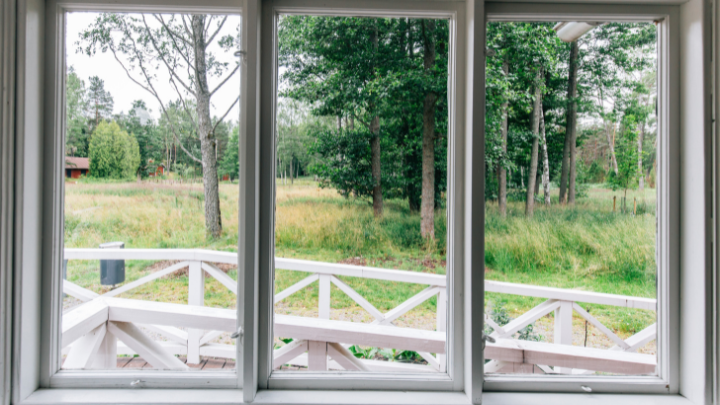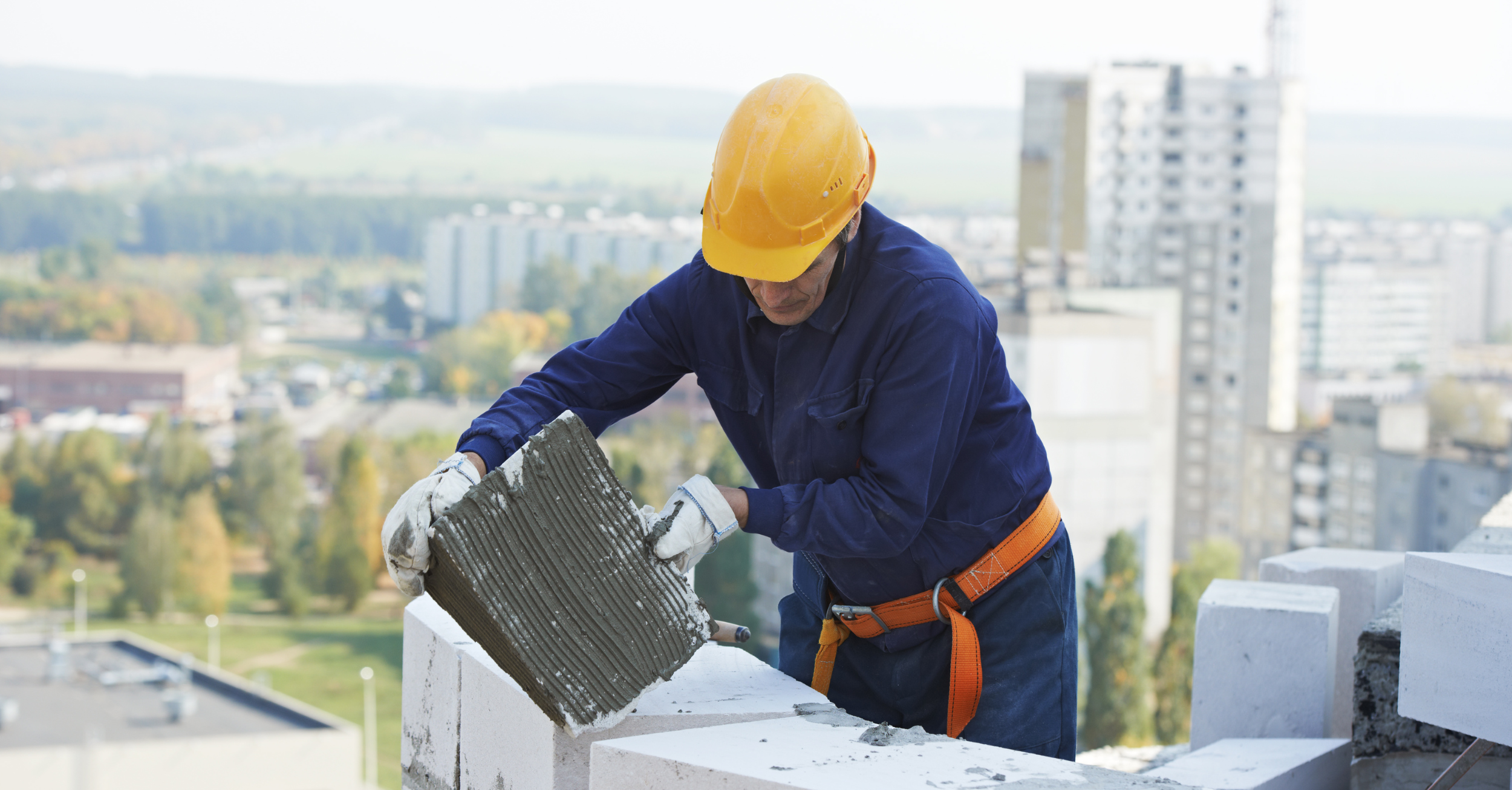Are you looking for a contractor?
Submit our quick form and get quotes now!
Table of Contents
4 min read
What is Self-Cleaning Glass?


4 min read
What is Self-Cleaning Glass?
Exterior renovationsWhat is Self-Cleaning Glass?
Technology is being used to make daily existence more convenient. From self-driving cars to personal handheld computers to augmented reality, the technological possibilities of the world today seem endless. Thus, self-cleaning glass doesn’t fall too far off the map! A glass that cleans itself could save the homeowner countless time, energy and money.
Window cleaning can be such a pain, so of course, the idea of a glass that can clean itself sounds too good to be true. But, how exactly does it work? Read on to find our breakdown of this technology, including the advantages and disadvantages that will help to determine if this is a good fit for your home's environment!
What is Self-Cleaning Glass?

Source: Canva
As you may have guessed, self-cleaning glass is not just glass itself. This glass employs a very thin coating of a chemical called titanium dioxide, a chemical common in a few household products, and best known for its use in toothpaste as well as in white paint. This is because titanium dioxide is a chemical used to keep things bright and white.
This thin coating works in two ways to break down dirt while spreading water across the surface evenly. Since the coating of titanium dioxide on self-cleaning windows is so thin, it’s not visible to the human eye. The thin layer reduces light passing through the glass only slightly, and by no more than 5 percent. So, choosing this style of window won’t sacrifice light bleeding into your home and will work towards keeping things a little bit cleaner!
How Does Self-Cleaning Glass Work?
As we've mentioned, self-cleaning window glass works in two ways. First, by way of light activation, as the thin layer of titanium dioxide changes the contact angle made between the glass and a drop of water. Titanium dioxide is a photocatalyst, meaning that chemical reactions occur when ultraviolet light, or UV rays, shine onto the windows.
When UV light hits this coating, electrons are generated, and these work to turn water molecules into hydroxyl radicals. Hydroxyl radicals attack against carbon-based dirt, combating and cutting it up into smaller pieces that wash away in the rain.
Secondly, self-cleaning glass is hydrophilic, or “water loving” whereas normal glass is generally hydrophobic or “water hating.” When it rains outside, hydrophilic glass forces rainwater to spread out into a continuous sheet or film rather than forming individual drops. As a result, the rainwater works to wash the entire pane clean rather than leaving streaks and marks behind, as rainwater does on normal glass. The titanium dioxide and the hydrophilic properties work together to leave windows clean and good as new.
Self-Cleaning Glass Advantages

Source: Canva
Of course, the idea of a window that cleans itself would be an advantage to any busy homeowner. As most of us know, certain windows are difficult to access, and therefore, difficult to clean. A self-cleaning window can save considerable time that would otherwise be spent attempting to clean hard-to-reach windows.
This is especially important if you are living with individuals who are not able-bodied or are mobile-impaired. Further, if windows are located in a dangerous place, cleaning them could lead to injury which is obviously avoided with self-cleaning glass technology. Also, self-cleaning glass can save money that homeowners might normally spend hiring a window cleaner. Some models of this glass even improve energy efficiency as well as reducing solar glare from entering the home.
Disadvantages of Self-Cleaning Windows
As with most modern technology, there are disadvantages, and adopting self-cleaning glass into the home is not for everyone. Firstly, this type of window will cost significantly more than your average glass window, and most homeowners are looking to spend at least 15 to 20% extra. Another drawback is the continuous process that is self-cleaning glass.
Homeowners expecting to see immediate results will be disappointed, as self-cleaning glass will never appear as clean as a freshly washed window will. The cleaning process obviously relies on sunlight and rain, so weather conditions will greatly determine how clean your glass becomes. Luckily, the photocatalyst properties work even on cloudy days, but depending on your climate and region the time of the process will vary.
If their region experiences a particularly dry spell and dirt builds up, homeowners can always hose their windows down to mimic rainwater. However, this may seem to defeat the purpose of self-cleaning glass, as homeowners will have to do the work themselves. Also, self-cleaning glass only works to clean the windows outside, leaving homeowners to clean the insides of windows!
Lastly, the photocatalyst process only deals with dirt that is carbon-based. Therefore, it is not as effective against things like salt deposits or household buildup. Of course, depending on the individual situation of the homeowners, the advantages may outweigh the disadvantages and self-cleaning glass could be the solution for you!
Get 3 renovation quotes for your self-cleaning glass renovation project
RenoQuotes.com can help you get quotes for. By submitting your window renovation project to us, we’ll put you in contact with top-rated contractors. Fill in the form on the homepage (it only takes a few minutes), and you will get estimates from trusted professionals.
Dial 1-844 828-1588 to speak with one of our customer service representatives
Last modified 2024-03-11
Looking for something else?
Related articles
The latest industry news, interviews, technologies, and resources.

RenoQuotes.com • 05 Feb 2024
Air spaces or cavities aren’t limited to double-glazing, they’re also found between the walls of your home. More specifically, air spaces are found between the walls that make up the structural envelope of your home.

N/A • 07 Nov 2023
Depending on the household, the utility of the basement differs from place to place. Whether it’s used as a family room, a home theatre or your personal warehouse, there is always room for improvement. However, when it comes to acting on this desire for change you may be faced with a lack of inspiration.

N/A • 07 Nov 2023
We have been building habitats below the earth for thousands of years. From caverns to catacombs and mysterious passageways, subterranean living areas are a special area of the home, with a building process that presents interesting challenges.

Amanda Harvey • 07 Nov 2023
One of the reasons some homeowners struggle to move forward with renovation projects is due to issues with contractors. It's hard to hand over an important project to someone you don't know personally, and once deadlines come and go, needs are neglected or trust is broken and the magic of your new renovation will feel spoiled.
